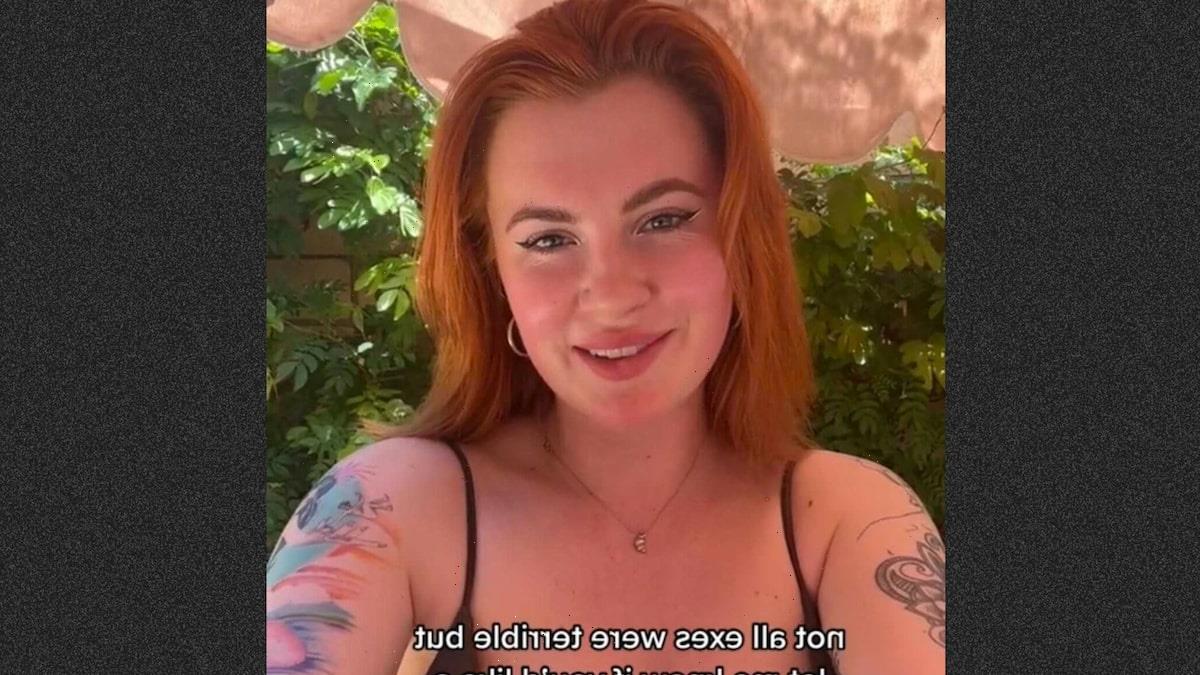If you can’t afford to pay your taxes, you may be able to qualify for an installment plan with the Internal Revenue Service.
An installment plan allows you to pay your taxes over time while avoiding garnishments, levies or other collection actions.
You'll still owe penalties and interest for paying your taxes late, but it can help make the payments more affordable.
The minimum monthly payment for your plan depends on how much you owe.
Minimum monthly payment
You can apply for an installment agreement online, over the phone, or via various IRS forms.
To some degree, you get to choose how much you want to pay every month.
The IRS will ask you what you can afford to pay per month, encouraging you to pay as much as possible to reduce your interest and penalties.
If you choose not to answer, select too low of an amount, or let the IRS pick a payment amount for you, your minimum payment will be the amount that you owe divided by 72.
Fees for IRS installment plans
If you can pay off your balance within 120 days, it won't cost you anything to set up an installment plan.
If you cannot pay off your balance within 120 days, setting up a direct debit payment plan online will cost $31, or $107 if set up by phone, mail, or in-person.
If not using direct debit, then setting up the plan online will cost $149.
If not using direct debit, setting up the plan by phone, mail, or in-person will cost $225.
If you're a lower-income taxpayer, you may be able to reduce these fees.
Balance of $10,000 or below
If you owe less than $10,000 to the IRS, your installment plan will generally be automatically approved as a "guaranteed" installment agreement.
Under this type of plan, as long as you pledge to pay off your balance within three years, there is no specific minimum payment required.
For balances above $10,000, you may have to provide additional information in order to qualify.
Balance between $10,000 and $25,000
With a balance due above $10,000, you can qualify for a streamlined installment plan.
While acceptance isn't guaranteed, the IRS doesn't usually require additional financial information to approve these plans.
With a streamlined plan, you have 72 months to pay.
A minimum payment does kick in, equal to your balance due divided by the 72-month maximum period.
Balance between $25,000 and $50,000
Qualifying for a plan with a higher balance due requires additional information.
The IRS will want to know about your income and expenses on Form 9465-FS.
Your minimum payment will be your balance due divided by 72, as with balances between $10,000 and $25,000.
Balance over $50,000
The IRS will conduct a more thorough review of your finances if you owe more than $50,000 in taxes.
On Form 433-A, you'll have to provide detailed information on your investments, assets, income and bank accounts.
If you have any meaningful assets, you might have to sell some to pay down your outstanding balance.
Your minimum payment in this situation will be unique to the specific agreement you strike with the IRS.
Remember, with TurboTax, we'll ask you simple questions about your life and help you fill out all the right tax forms. With TurboTax you can be confident your taxes are done right, from simple to complex tax returns, no matter what your situation.
For more tax tips in 5 minutes or less, subscribe to the Turbo Tips podcast on Apple Podcasts, Spotify and iHeartRadio
Source: Read Full Article


